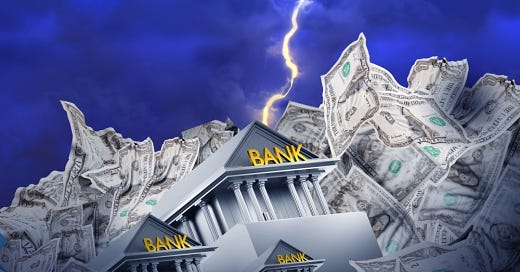ECONOMIC UPDATE: As Smaller Banks Go Bust the Bigs Will Get Bigger
Stocks on Tuesday were little changed as investors wait for the Fed's decision on interest rates
NOTE TO READERS: The following is our weekly Economic Update — Market Overview found in this week’s issue of The Trends Journal. Consider subscribing here for in-depth, independent geopolitical and s…



